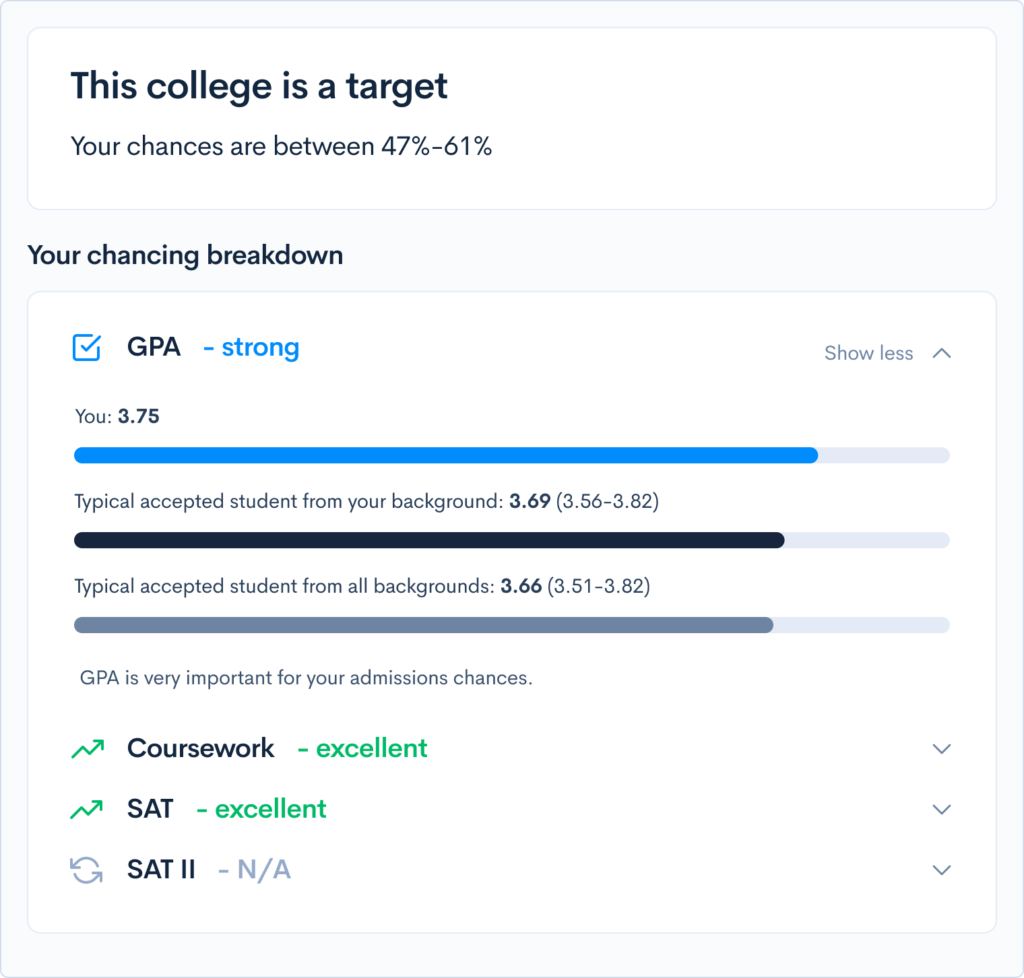Does Stanford Offer Double Majors or Minors?
Stanford is one of the most prestigious schools in the country and a dream destination for many college-bound high school students. It’s consistently ranked in the top 10 national universities, home to the second-most billionaire graduates (behind only Harvard), and located in the heart of the Silicon Valley. Many students covet a degree from Stanford, but does it offer everything you need to achieve your academic goals? Here’s what you need to know about Stanford’s double majors and minors. Seven graduate and undergraduate schools call Stanford’s campus home: Stanford’s seven schools are expansive and cover an enormous range of academic fields. However, most undergraduates land in the School of Humanities and Science—it’s the largest of the university’s schools, awards 75% of undergraduate degrees, and provides the core of a Stanford education. Stanford’s general education requirements serve to introduce students to the intellectual life of the university, all while building essential intellectual and social competencies. There are four general education requirements Stanford students must fulfill to graduate: Stanford students are able to declare a major anytime during their first two years, but must commit to a major by the spring of their sophomore year (usually 90 credits) in order to achieve junior status. Stanford offers 59 majors—find a complete list of them on Collegevine’s Stanford profile page. Deciding on a major is difficult for many college students; with so many interesting fields available for exploration, settling on just one can be a challenge. Some students opt to broaden their studies by pursuing a double major. A double major has some additional benefits, namely, it can develop a well-rounded education and looks impressive to employers. According to a 2009 paper, double majors also earn 3.2% more than their single-major counterparts. Stanford offers double majors with the caveat that students can only apply for them in the same bachelor’s degree program. For example, a student working toward a Bachelor of Arts can declare for another major that would earn a Bachelor of Arts, but is unable to declare for a second major that culminates in a Bachelor of Applied Science. If a student wants to study two fields in different degree programs—such as a BA and BS—they can pursue a dual degree. Students pursuing a dual major at Stanford need to complete 180 credits to graduate. Students choosing this route graduate with a single degree, but two fields of specialization. To declare for a double major, students are required to fill out a Major-Minor and Multiple Major Course Approval Form and indicate which courses they plan to apply toward each major. It’s necessary to submit the form by the Final Study List deadline for the term in which the student intends to graduate. Dual degrees are less common than double majors at Stanford, likely due to the significantly more vigorous coursework: 225 credits are required to earn a dual degree, and completed classes are only applied to one of the majors (they do not allow for courses to overlap). To learn more about the differences between dual degrees and double majors—and determine which (if either) is right for you—check out our article, Which Is Better: A Dual Degree or a Double Major? Minors allow students a number of intellectual opportunities, from adding expertise when pursued in a related field of study to adding breadth when chosen in a field separate from a student’s declared major. Stanford offers 76 minors, from aeronautics and astronautics to urban studies. A comprehensive list of the minors offered is found on Stanford’s website. To declare a minor, students are required to complete a Major-Minor and Multiple Major Course Approval Form and submit it no later than the deadline for your application to graduate; however, many programs have their own deadlines for declaration. Students can not overlap (double count) courses. The requirements of minors vary by program. For example, an English major with a creative writing emphasis is required to complete the English major core requirements—a series of classes that introduce the student to the knowledge and skills that are essential for flourishing as a reader, writer, and critic, plus 40 credits in either a prose or poetry concentration. Conversely, to fulfill the requirements for a minor in creative writing, Stanford students need only to complete six courses (30 credits) in prose, poetry, or fiction into film track. Stanford is a very well-known school with an excellent reputation; consequently, admissions are extremely competitive—in 2020, the university received 45,227 total applicants and admitted just 2,349 students. It’s common for selective schools that receive enormous amounts of applicants, like Stanford, to use the Academic Index to expedite the admissions process and screen out non-competitive candidates. The Academic Index distills a student’s overall academic performance into a single number, combining factors like grades and standardized test scores. This allows admissions officers to make quick assessments and devote more time to students with serious chances of admission. In order to have a chance at acceptance at one of these schools, it’s imperative that students clear this hurdle. If you’re curious about your chances of getting accepted at Stanford—or at hundreds of other colleges—CollegeVine can help. Our free chancing calculator uses metrics like GPA and test scores, along with other factors like extracurricular activities, to project your odds of admission. Sign up for your free CollegeVine account and incorporate this valuable tool in your college search. What’s Covered:
Overview of Stanford University Academics
Stanford’s Seven Colleges
General Education Requirements
When do you have to declare your major?
Are There Double Majors at Stanford University?
Are There Dual Degrees at Stanford University?

Are There Minors at Stanford University?
What are Your Chances of Getting into Stanford University?



